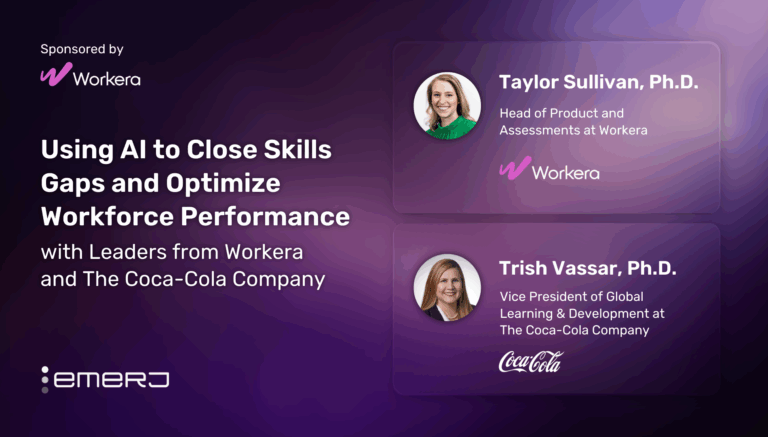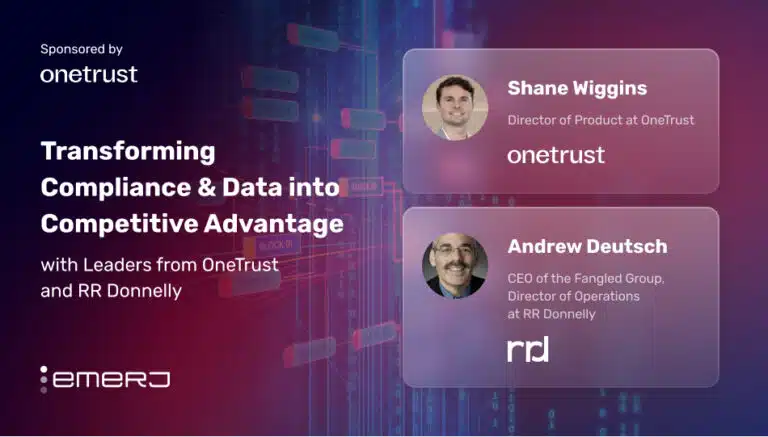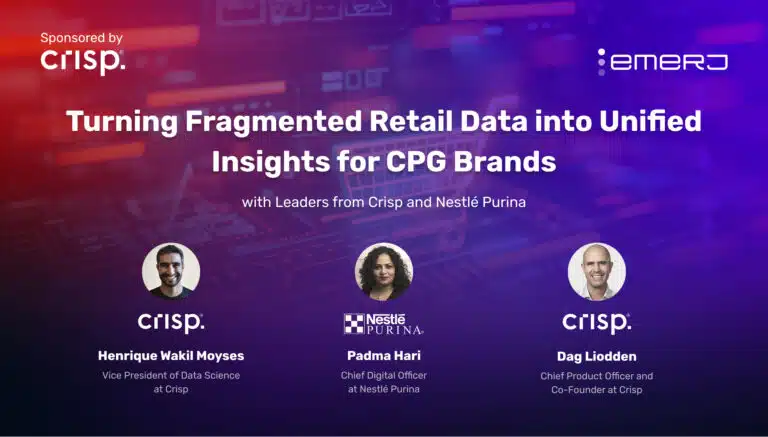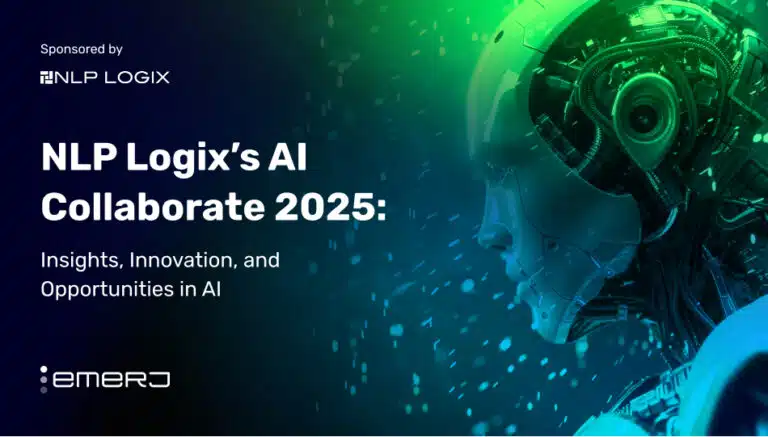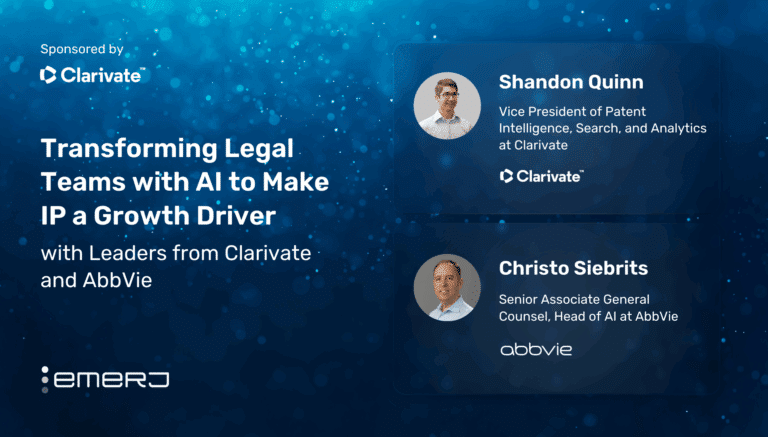Nationwide Mutual Insurance Company, commonly known as Nationwide, is a primary US insurance and financial services company headquartered in Columbus, Ohio.
Established in 1925, Nationwide employs approximately 25,000 people. In 2023, Nationwide reported a revenue of $32.5 billion and achieved record sales of over $60 billion, marking the third consecutive year of record growth. The company paid out nearly $23 billion in claims and benefits and maintained a net operating income of $1.3 billion.
Many recent news reports give some detail as to how Nationwide is already leveraging GenAI capabilites. Among them is the launch of Bing Chat Enterprise at the organization, which gives all the employees access to OpenAI’s GPT-4 but for internal use that Nationwide’s Chief Technology Officer Jim Fowler gave his vote of confidence.
The insurance company is also exploring the use of GenAI to transform both new code development and legacy code conversion. Instead of developers starting from scratch, they leverage GenAI to create an initial draft of the code. Developers then refine this draft, adding intricate components and ensuring it adheres to their security standards. Their matured approach, as reported, accelerates the overall code development process.
At the high level, Nationwide’s investments in AI appear to focus on machine learning to enhance the operations and customer service lines of business. The company has also invested in CLARA Analytics, an AI-as-a-service (AIaaS) provider that improves casualty claims outcomes.
In this article, we will examine two use cases showing how AI initiatives currently support Nationwide’s business goals:
- Streamlining machine learning model deployment: Leveraging a model factory to monitor all the AI and machine learning models to rapidly explore data with feature engineering and prototyping new models related to customer churn, customer retention, and more.
- Leveraging large language models (LLMs) to enhance enterprise value: Using LLMs to create easily understandable content from highly technical veterinary medical knowledge, accelerate code development and legacy code conversion, and provide employees with secure access to OpenAI’s GPT-4 for internal use.
Streamlining Machine Learning Model Deployment
Data quality has always been a significant challenge for insurers, as highlighted by Moody’s. Insurers often need help with fragmented and inconsistent data from various sources, leading to difficulties in creating a unified and accurate data repository.
Poor data quality hampers effective decision-making and prevents insurers from fully leveraging their data assets for insights and strategic planning. Addressing these issues requires robust data management practices and advanced technologies to ensure data accuracy and reliability across all business functions.
Nationwide Insurance faced challenges in efficiently processing and analyzing vast amounts of data to make sense of it. The company possessed extensive data but needed to derive more excellent value from it to offer more personalized services and responses to its members.
To achieve this goal, the company needed an AI platform that provided the flexibility to efficiently operate in a complex data environment efficiently, enabling rapid data exploration and smooth prototyping of new models.
To solve the above data and workflow challenges, Nationwide partnered with H2O.ai to implement their AI and machine learning platform, specifically utilizing H2O Driverless AI.
H2O.ai is an open-source generative AI (GenAI) and machine learning platform provider. One of its products- H2O Driverless AI, is an automated machine learning platform that enables rapid data exploration, feature engineering, and model development. It allows users to build and deploy highly accurate predictive models with increased efficiency and reduced time-to-insights.
Screenshot from H2O.ai. (Source: H2O.ai)
Here is a 6-point workflow for the above solution:
- Data Loading and Visualization: Import the dataset into the H2O Driverless AI platform. Users can explore the data through visualizations and summary statistics to understand its structure and key characteristics.
- Experiment Setup: Users can set up their experiment by selecting the target variable they want to predict. They also choose the type of prediction task, such as regression or classification. Additionally, users can configure experiment settings, including the time limit for the experiment, the desired level of interpretability, and the accuracy goals.
- AZAZalgorithms, and conducts model training and validation to identify the best model.
- Model Interpretation: The team can review performance metrics, examine feature importance, and analyze partial dependence plots to evaluate model accuracy and effectiveness. Users can also explore interpretability tools like SHAP values and decision trees to understand the model’s decision-making process.
- Model Deployment: Export the model as a Python scoring pipeline for easy deployment in real-time or batch predictions.
- Model Documentation: H2O Driverless AI generates automatic documentation of the experiment, detailing model parameters, performance metrics, and development steps to ensure transparency and reproducibility.
Screenshot from H2O.ai. (Source: H2O.ai)
A 6-minute demo video can also be found below:
The case study published by H2O.ai claims that Nationwide observed the following business results:
- Savings in the millions
- Less time prototyping new models
- 25B models scored
While specific, quantifiable benefits for Nationwide were not provided in the case study, other H2O.ai clients claimed significant improvements:
- PayPal: Achieved a 6% increase in model accuracy and 6X faster model deployment.
Leveraging LLMs for Enhanced Enterprise Value
LLMs address critical business problems in the insurance sector by efficiently processing vast amounts of unstructured text data. Gero Gunkel, Chief Operating Officer and Data Science Leader for Zurich Insurance, shared with Emerj that LLMs automate tasks like claims processing and underwriting and generate valuable insights into customer behavior and risk.
He added that historically, NLP solutions struggled to deliver scalable results, but modern LLMs such as GPT-3 have significantly improved reliability and impact. Their growing size and performance, coupled with ease of use via accessible APIs, have made them indispensable tools for enhancing automation and insights in the insurance industry.
While Nationwide has not revealed a full-blown case study for the use of GenAI, it has, at many times, mentioned the use of LLMs in various corporate applications. One of these applications included when the Nationwide team aimed to create a single source of truth for pet owners; they faced the challenge of sifting through thousands of pages of highly technical veterinary medical knowledge and transforming it into easy-to-understand and digestible information.
The more significant issue was the highly technical content and tight project timelines, which added to the pressure. To address this, the team turned to GenAI for a solution.
Though the company has not revealed which LLMs were used to create this content, the company reported that the team successfully created initial draft summaries for 71 different health conditions. Additionally, with just a few prompts, the tool generated separate drafts for both short-form and long-form descriptions of these conditions.
Later, the team of veterinarian experts at Nationwide Pet was able to review and update the newly packaged information for accuracy and enhancement.
Screenshot from PetHealthZone. (Source: PetHealthZone)
Screenshot from PetHealthZone. (Source: PetHealthZone)
The resulting content became the secret sauce that fueled the Nationwide Pet HealthZone, a platform that uses data from Nationwide Pet claims from millions of pets to provide personalized information about specific health risks.
LLMs were able to expedite workflows at Nationwide in four critical areas:
- Brute wokforce: Saving more than 300 hours
- Accelerating the knowledge transfer from summarizing 35000 words of insight across relevant academic studies
- Created first draft summarized for 71 different medical conditions
The company has not reported any quantifiable results of adopting LLMs overall, including the use cases mentioned in the introduction of the article. However, Bain & Company reported that individual insurers could see increased revenues by 15% to 20% and reduced costs by 5% to 15% with gen AI and LLMs.











